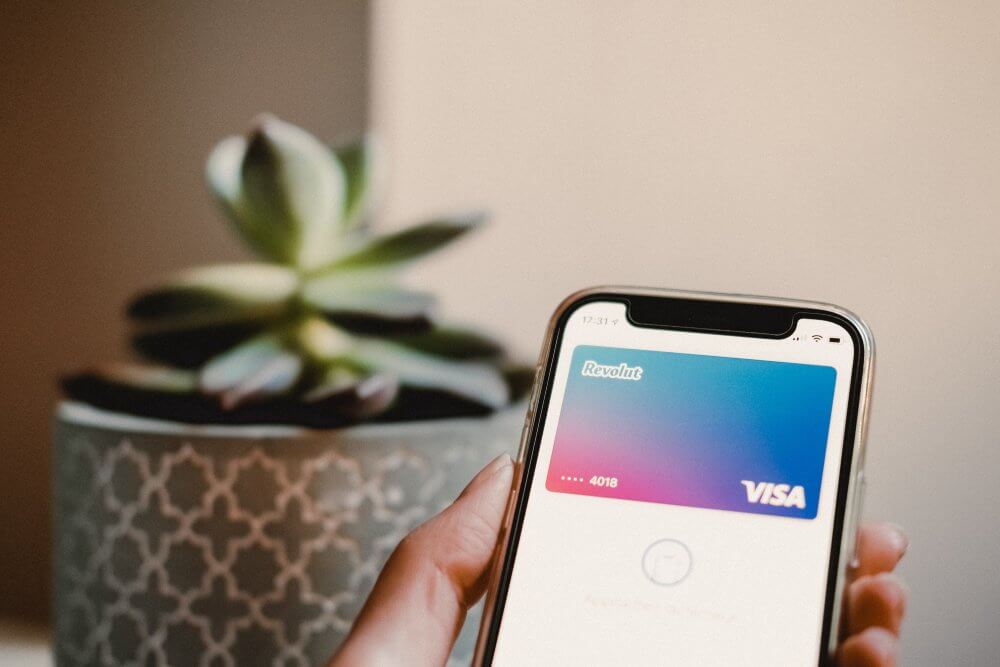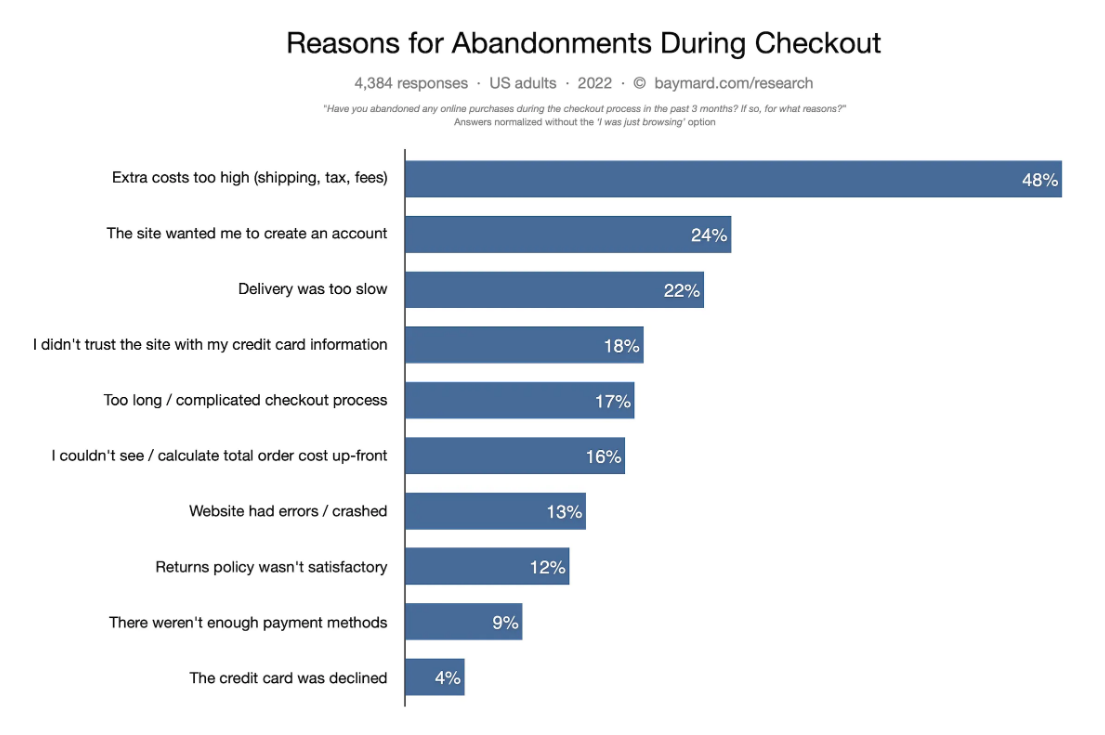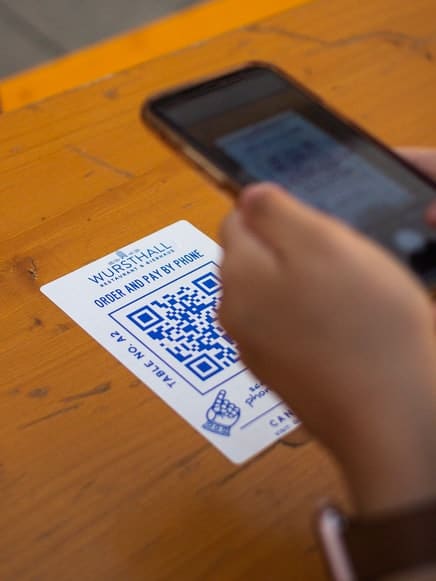How will franchisors benefit from becoming payment facilitators?

The payment industry has undergone many changes in the last few years. It was only a few decades ago that credit cards were first used. And now, the technology has evolved to the point where seamless payments can take place in mere seconds. The latest trend is payment facilitators or PayFacs.
PayFacs enable a faster and smoother process by playing as an intermediary between merchants and payment processors. They allow their customers to accept payments quickly through credit cards.
What is a Payment Facilitator?
PayFacs are software companies that enable their customers, known as sub-merchants, to accept electronic payments. They are different from a multi-currency online payment gateway. These sub-merchants are typically merchants who sell their products/services to customers. Let’s understand how payment facilitators help streamline the payment process for sub-merchants.
Before PayFacs, merchants who wanted to accept credit card payments in their business had to open an account with a merchant acquirer. A merchant acquirer is typically a bank or a company sponsored/backed by a bank.
The problem with this process was that setting up an account was lengthy and complicated. At first glance, this might not seem like much. But the time-consuming process delayed the merchant’s ability to start their business and sell their products/services. This is where PayFacs help. They set up a master merchant account with the merchant acquirer and extend it to their customers. This enables the merchants to start accepting payments without any delay.
The payment industry recognized the benefit of offering payment facilitator services to their customers. It enabled a better customer experience and a smoother payment process and helped them increase their revenue significantly.
Parties involved in the payment facilitator process
There are many parties involved in the payment facilitator process. Let’s take a look at the primary parties involved.
Payment processors
A payment facilitator cannot do their business without the involvement of payment processors. Payment processors are responsible for processing payments that take place using cards. They authorize the payment request and share it with the card company for verification.
The payments initiated by PayFacs’ customers (sub-merchants) will have to be processed by payment processors to be completed.
Acquiring banks
Acquiring banks are the banks with whom merchants used to set up their accounts. Since payment facilitators do that in the new model, they have to agree with acquiring banks to offer their services.
The acquiring banks have a lot of responsibilities under this agreement. They monitor the PayFacs for compliance and receive and share data and money transferred during a payment transaction. That is why, to open a master merchant account, payment facilitators must ensure that they have the required technology and infrastructure to function properly and comply with all the regulations.
Also Read: Tips for Safe Online Transactions
Submerchants
The sub-merchants are usually merchants who want to start accepting electronic payments from their customers. They are the payment facilitators’ customers who want to get PayFacs’ services to begin their business quickly and securely.
Payment facilitators have several policies and rules in place while onboarding a sub-merchant. Only the sub-merchants who prove their legality and comply with mandatory regulations can use payment facilitators’ services.
Payment facilitators
Payment facilitators are software companies who acquire the necessary infrastructure and technology that enables sub-merchants to accept card payments. Their functions include underwriting and onboarding, monitoring transactions, funding their sub-merchants, and managing chargebacks.
Payment facilitator companies
Many software companies are choosing to become payment facilitators to provide a better customer experience and retain their customers. This is because, as payment facilitators, they can control a significant aspect of their customer’s experience. They can create a better customer experience and ensure customer satisfaction by enhancing their offerings. They also get to stand out from their competition with payment facilitator services.
However, franchisors are also perfect for becoming payment facilitators. You may wonder, how? It is easy to become a payment facilitator for franchisors since they already practice some control over their franchisees. They are in a unique position to put requirements on franchisees as they are already monitoring them and have even done background checks.
Let us look at some benefits franchisors will get from becoming payment facilitators.
Consolidated processing volumes
One of the major benefits of becoming payment facilitators for franchisors is that they already have several customers. All their franchisees will become their sub-merchants, and the franchisor can show their combined value. The consolidated processing volume will be much higher, resulting in negotiable processing costs. Instead of having to negotiate individually for each franchisee, franchisors can negotiate with the acquiring bank at once.
Smooth underwriting and onboarding
The payment facilitators exist to make the payment process smoother for sub-merchants. This means ensuring smooth underwriting and onboarding, monitoring their transactions, and even managing chargebacks. To achieve this, PayFacs have to take many responsibilities and risks on behalf of merchants.
Of course, they cannot take the risk without doing a thorough check on each of its sub-merchants. Franchisors are uniquely positioned as they have already conducted thorough background checks on their franchisees. Therefore, the underwriting process is simpler for them as they don’t have to do it from zero. The entire process becomes smoother, more streamlined, and more efficient.
Merchant service fees
Franchisors earn by charging service fees to their franchisees. And sometimes, they face problems in collecting this fee. As payment facilitators for all of their franchisees, franchisors assume greater control over their franchisees’ cash flow. This means that they can easily get their service fees without any delays.
It is not necessary for franchisors to straightway become payment facilitators. In case of initial hesitations, they can opt to take the white-label PayFac model. With this model, they have to lower upfront costs, and their responsibilities are not much, either.
However, payment facilitators are the future of the payment industry. The number of payment facilitators is expected to grow significantly in the coming years. And sooner or later, every industry will have to adapt to them. Franchisors have the great option to do it earlier and at fewer costs.




 Matthew Cooper – Marketing Automation & Operations Manager, Global App Testing
Matthew Cooper – Marketing Automation & Operations Manager, Global App Testing

 Emily Rollwitz – Content Marketing Executive, Global App Testing
Emily Rollwitz – Content Marketing Executive, Global App Testing

